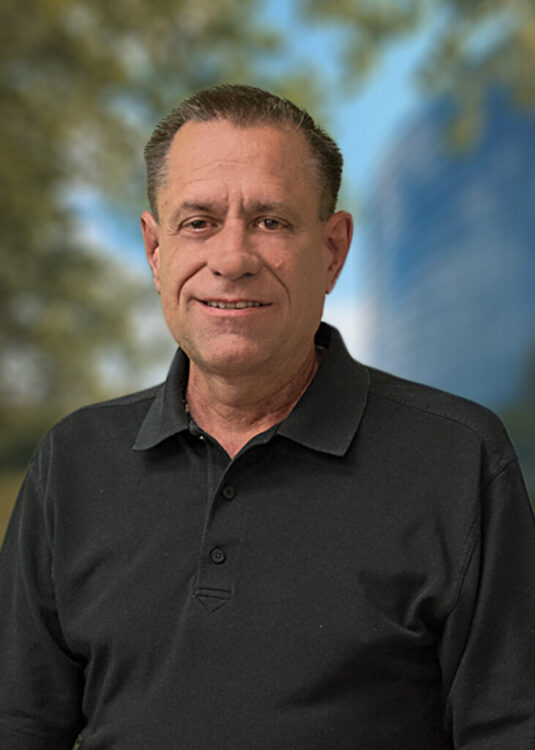Why Federal Farm Loans Should be in Your Farm Financing Mix
Targeted Loan Programs Assist Women and Minority Farmers
Owning and managing a farm is demanding and financially volatile even in good years, and many farmers credit trusting relationships with their bankers for the success they’ve achieved in building and operating their farms for decades. And that’s as it should be.
But even farmers who have been skilled and lucky enough to build farming operations with a minimum of debt, and by relying on private lending through their bankers, should not overlook the value of various government loan programs administered by the USDA’s Farm Service Agency (FSA).
Many of these loan programs are structured to support important goals for individual farmers and for the agriculture industry as a whole. They help young people acquire land to start their own farming operations; they support farmers who are women and members of minority groups build and strengthen their farms, and for established farms they help support operating costs.
Most importantly, perhaps, participating in one FSA loan program can help a farmer accelerate the process of applying for and receiving loans from other programs. And many of these loan programs guarantee lower interest rates – often significantly lower – than those available through private lending.
These loan programs are particularly important now, as many farmers of the Baby Boom generation are looking to succeed their land and operations to younger family members or new owners. Federal farm loan programs help farmers mentor their younger family members and farm managers who are looking for ways to acquire and build farming operations of their own.
Beginning Farmer & Rancher Loans
The FSA places a special focus on the credit needs of farmers and ranchers who are in their first 10 years of operation, and there are several loans that fall under this category to help young people buy and operate land.
For example, the Direct Farm Ownership Down Payment Loan may be used to partially finance the purchase of a family farm. Loan applicants must contribute a minimum down payment of 5% of the purchase price, and the FSA will finance 45% to a maximum loan amount of $300,150. The balance of the purchase price may be financed by a bank, private lender, a cooperative or the seller.
This program can help a veteran farmer accelerate succession planning by opening a path for a younger family member or a key member of their farm management to buy their first piece of land. Some farmers have coached their farm managers or younger family members through buying land, allowing them to use the established farm’s equipment and participate in its group discount programs. This benefits the veteran farmer and enables the young farmer to build wealth.
For the purposes of the FSA Beginning Farmer or Rancher Loan programs, a beginning farmer is defined as one who:
- Has not operated a farm or ranch for longer than 10 years.
- Does not own a farm or ranch greater than 30% of the average size farm in the county in which the land is located.
- Meets eligibility requirements for the loan program to which they are applying.
- Substantially participates in the operation of the farm or ranch.
Loans for Women & Minority Group Farm Owners
The FSA targets a portion of all guaranteed loan funds, direct operation and direct farm ownership loan funds, as well as microloan funding and youth loans, to historically underserved farmers and ranchers, including:
- Women
- African Americans
- Alaskan Natives
- American Indians
- Hispanics
- Asians
- Native Hawaiians and Pacific Islanders
In many cases, a farmer need not be a full-blooded member of a minority group to benefit from these loan programs.
You don’t need to choose between identifying yourself as a member of a minority group or as a woman to qualify. Rather, being a member of an underserved group may add benefits to other loan programs you apply for. For example, if you apply for a Direct Farm Ownership Down Payment Loan and you are a woman or member of a minority group, the limitation on acreage size does not apply.
Family farms are uniquely positioned to benefit from these programs, particularly the benefits offered to women farm owners. Some farm families create a legal entity structure for their farms that places 51% ownership in the hands of the wife, thereby qualifying the farm for the added benefits of being a woman-owned farm.
Farm Operating Loans
A variety of farm operating loans can be accessed through the FSA, and are available for costs associated with improving profitability, purchase of livestock and equipment, expenses including feed, fertilizer, seed, pesticide, cash rent, family living expenses and refinancing of farm-related debt (excluding land).
There is no down payment required, and the maximum loan amount is $400,000.
Whether you’re a veteran farmer, a young person looking to buy some land to farm, a woman farmer or a member of a minority group in farming, it’s worthwhile to take advantage of these federal lending programs to help build and strengthen your farm operation.
People get comfortable with their banking relationships and the convenience of them, and that’s a good thing. But federal farm lending programs can not only help support your operations, they can help you control your debt and manage your cash flow because they come with lower interest rates – in some cases significantly lower – than you’ll find from a private bank.
If you would like to learn more about FSA-administered loan programs that may benefit you and your farm operation, visit the FSA website for information and contact an Adams Brown advisor.

